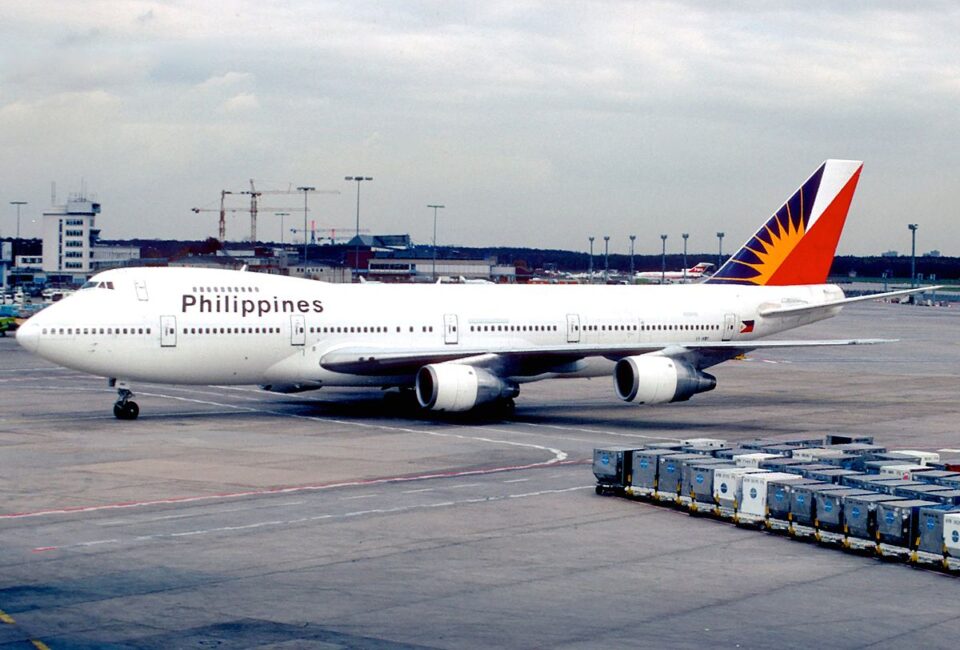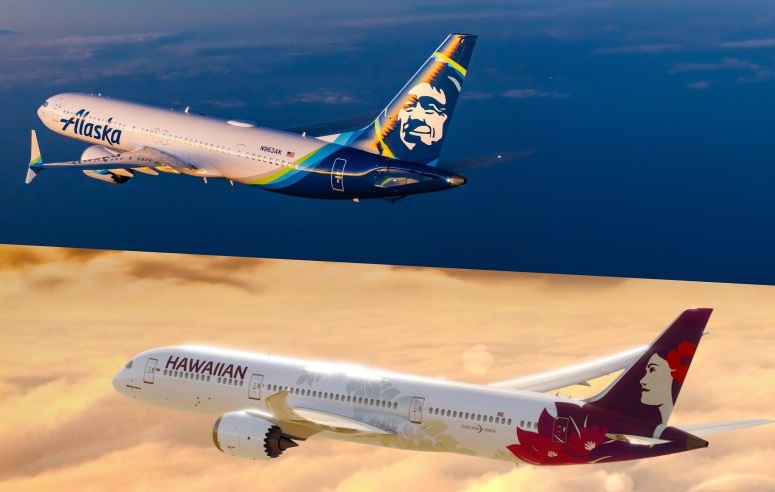News
B-747 served 35 years with Philippine Airline..!!

PAL retires its flagship B747
In the 1970s, with the emergence of new airline companies, Philippine Airlines envisioned itself to be one of the best in Southeast Asia. To achieve this, PAL ordered four Boeing 747-200Bs to be deployed on the trans-Pacific service whose flight frequencies rose by 50 percent by 1978.The first Boeing 747-200B, dubbed the Jumbo Jet, arrived in December 1979, taking over the trans-Pacific routes from the DC-10s on January 4, 1980. Three months later, all flights to the US used the B747-200s.
A unique feature of the PAL B747s was 14 full-flat bunk beds called “Skybeds” in the “Cloud Nine” upper deck. The Skybeds were paired with the number of seats in First Class. It revolutionized the way people fly, allowing passengers to sleep for the entire length of the flight, ensured safe with the installation of seatbelts in each bed.
The B747s were flown on routes to the US, Europe, Middle East and Southeast Asia. On March 31, 1980, PAL returned to London, with four stop-overs, using the B747.

Source flicker

source flicker
After 14 years, PAL acquired a newer, better version of the B747, the B747 series 400 that was able to fly farther. In November 1993, the first B747-400 landed at Subic Airport, carrying Pres. Fidel V. Ramos, on his way home from the APEC meeting at Seattle, USA, also site of Boeing assembly plant. With the B747-400, PAL was able to fly to the US mainland non-stop, which to this day is exclusive only to the Philippine flag carrier.
In May 12, 2014 it got retirement from service. Over its 35 year career with Philippine Airlines, the aircraft has been used primarily on the airline’s long-haul routes to North America, Australia, Europe, and the Middle East. Some passengers have even had the privilege of flying on board the aircraft on domestic routes to Cebu and regional flights to Hong Kong. However, as Philippine Airlines began scaling back its international operations, the aircraft primarily flew the carrier’s two high density routes to the United States operating flights from Manila to Los Angeles and San Francisco.
The venerable B747, the world’s most popular long-range aircraft, was PAL’s flagship for 35 years – the iconic symbol of the country which the flag carrier represents in foreign lands. In May 2014, the era of the B747 comes to a close, as they are replaced with more fuel-efficient and modern Boeing 777s.
Source : Philippines Airline.
liked it ..! ?
Share with your friends and families.

Airlines
Alaska Airlines Acquisition of Hawaiian Airlines Reshapes the Air Travel Landscape

Alaska Air Group, Inc. (NYSE: ALK) and Hawaiian Holdings, Inc. (NASDAQ: HA) jointly announced today the execution of a definitive agreement, signifying Alaska Airlines’ acquisition of Hawaiian Airlines at a cash price of $18.00 per share. The total transaction value stands at approximately $1.9 billion, encompassing Hawaiian Airlines’ net debt of $0.9 billion.
The combination of complementary domestic, international, and cargo networks
This strategic union is poised to open up an array of additional destinations, providing consumers with increased choices in crucial air service options across the Pacific region, Continental United States, and globally.
The transaction is anticipated to establish a robust platform for growth and competition in the U.S., offering enduring employment opportunities, ongoing community investments, and a commitment to environmental stewardship.
Key Points:
- Acquisition Overview:
- Fleet Expansion and Network Reach:
- Creates the fifth-largest U.S. airline with a fleet of 365 narrow and wide-body airplanes.
- Enables access to 138 destinations through combined networks and over 1,200 destinations via the oneworld Alliance.
- Hub Development and Connectivity:
- Honolulu to become a key hub for the combined airline, offering expanded services to the Continental U.S., Asia, and the Pacific.
- Tripling the number of destinations from Hawai‘i to North America, while maintaining robust Neighbor Island service.
- Commitment to Hawai‘i:
- Strong commitment to Hawai‘i, ensuring robust Neighbor Island air service.
- Aiming for a more competitive platform supporting growth, job opportunities, community investment, and environmental stewardship.
- Employee and Union Commitment:
- Commitment to maintaining and growing the union-represented workforce in Hawai‘i.
- Immediate value creation with at least $235 million of expected run-rate synergies.
- Investor Call and Timeline:
- Investor conference call scheduled for today at 5:00 p.m. ET / 2:00 p.m. PT / 12:00 p.m. HT.
- Anticipated closing of the transaction within 12-18 months.
- Strategic and Financial Rationale:
- Complementary networks to enhance competition and provide greater choice for consumers.
- Preservation of both Alaska and Hawaiian Airlines’ brands on a single operating platform.
- Expected to deliver high single-digit earnings accretion for Alaska Airlines within the first two years.
- Community and Sustainability Commitment:
- Focus on growth in union-represented jobs and strong operational presence in Hawai‘i.
- Commitment to environmental stewardship, aligning with Alaska Airlines’ five-part path to net zero by 2040.
- Synergies and Accretion:
- Expected run-rate synergies of at least $235 million.
- Transaction multiple of 0.7 times revenue, approximately one third the average of recent airline transactions.
- Conditions to Close:
- Approval by regulatory authorities and Hawaiian Holdings, Inc. shareholders.
- Expected to close in 12-18 months, with the combined organization based in Seattle under the leadership of Alaska Airlines CEO Ben Minicucci.
-

 Travel1 week ago
Travel1 week agoAir India to Expand US Operations with Three New Routes After a Decade
-

 Travel2 weeks ago
Travel2 weeks agoWhy We Should Avoid These Stamps in a Passport
-

 Airlines1 month ago
Airlines1 month agoInvestigations Reveal Fake Chinese Titanium in Boeing and Airbus Jets
-

 Tech4 weeks ago
Tech4 weeks agoChina’s CATL Plans 1,800-Mile Electric Plane Launch by 2027
-

 Airport3 days ago
Airport3 days agoTop 10 Largest Airports in the World by Size
-

 Aerospace4 weeks ago
Aerospace4 weeks agoChina’s Fighter Jets Turn Wings into Autonomous Drones
-

 Airlines4 days ago
Airlines4 days agoAir India Rolls Out A350s for Delhi-New York JFK and Newark Routes
-

 Defence3 weeks ago
Defence3 weeks agoBoeing Enhances Chinook with New Engines and Block II Upgrades at $96 Million







